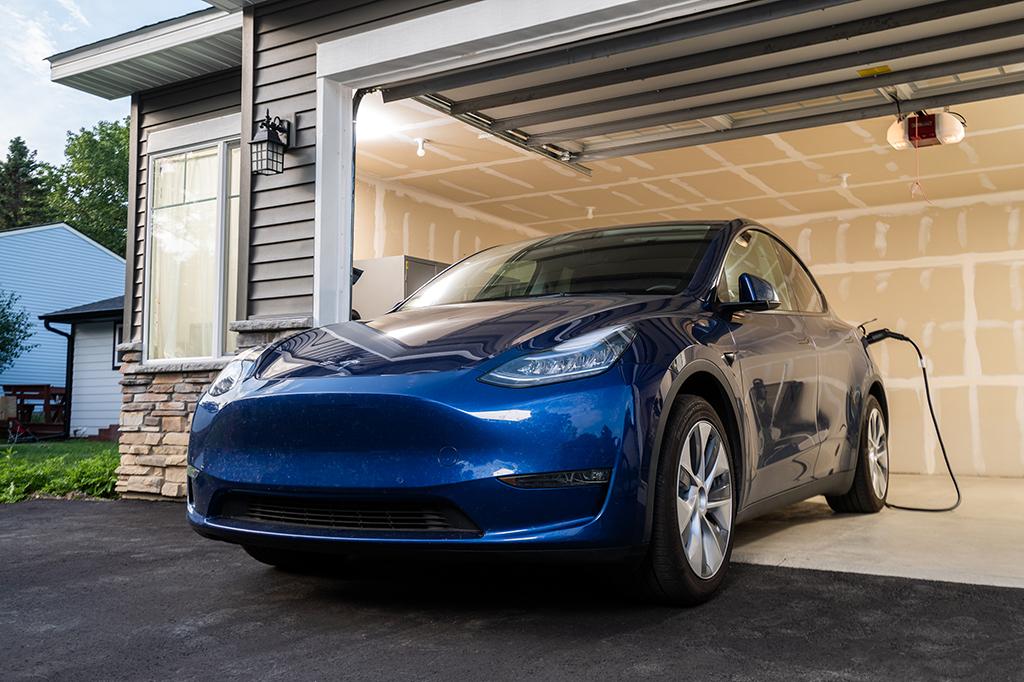
Benefits of driving electric continue to grow
Driving an electric vehicle (EV) is becoming easier as technology and affordability improve, and performance and infrastructure are enhanced.
Posted by Guest Blogger on June 8, 2023
This is a contributed blog from Great River Energy, one of Wright-Hennepin (WH)'s power suppliers.
Driving an electric vehicle (EV) is becoming easier as technology and affordability improve, and performance and infrastructure are enhanced.
A few of the contributing factors include:
- Longer range: The range of EVs continues to increase, allowing drivers to travel an average of 200 miles on a single charge. Some EVs can now travel up to 300 miles on a single charge, which is comparable to the range of many gas-powered cars.
- Affordability: As battery technology improves and vehicle production increases, the cost of EVs is decreasing. In many cases, the total cost of ownership for an EV is comparable to that of a gas-powered car. EnergyWiseMN.com has a handy calculator to help you determine if driving electric is economical to you, based on your driving patterns.
- Better performance: EVs are known for their quick acceleration and smooth driving experience. As technology continues to improve, expect to see even better performance from EVs.
- More charging stations: The number of charging stations is increasing every year, making it easier for EV owners to find a place to charge. This includes not only public charging stations but workplace charging, home charging and fast-charging stations as well.
- Faster charging: As charging technology improves, the time it takes to charge an EV is decreasing. Some fast-charging stations can now charge a vehicle up to 80% in just 30 minutes.
Overall, driving electric is becoming easier all the time, which is good news for the environment and for drivers who want a more sustainable and convenient transportation option.
Electrifying Minnesota
In 2019, the Minnesota Pollution Control Agency awarded more than $1.4 million in grant funds to install 22 EV fast-charging stations along highway corridors in Greater Minnesota. By the end of 2023, the agency will have invested an additional $3.5 million in EV charging stations.
Minnesota also expects to invest about $68 million from the National Electric Vehicle Infrastructure Program to install fast-charging stations along the Interstate 35 and I-94 corridors.
